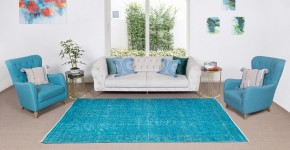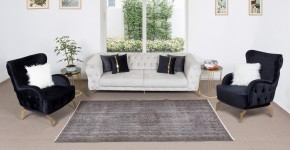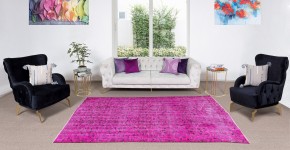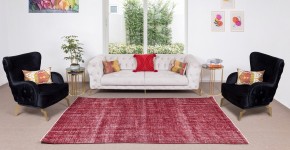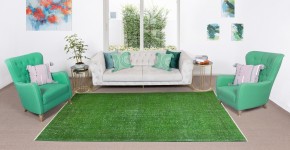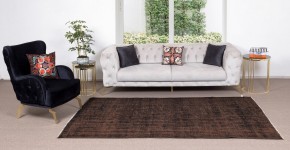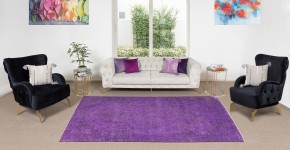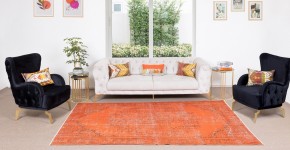5 Designer Tips For Living Room Rug Placement

Don’t Buy Too Small of a Rug
When shopping for a living room rug, you’ll want to ensure that it’s large enough for all of your furniture pieces—or at least the front legs of each piece—to touch it, notes Rebecca Driggs, the owner of Rebecca Driggs Interiors in Wake Forest, North Carolina. She suggests leaving 18 to 24 inches of space between the edge of the rug and each wall in the room. “Opting for an undersized rug in the living room can make the space seem smaller and unbalanced,” Driggs explains. “It fails to anchor the furniture properly, diminishing both comfort and functionality.”
Brooke Ray, the Huntsville, Alabama-based founder of Locust Lane Rugs, says that “painter's tape and measuring tape are truly your best friend” when determining rug size. She adds, “Generally speaking, if you're struggling to decide between two different sizes, always go with the larger size.”
Keep Your Lifestyle (and Style) Preferences Top of Mind
To ensure that you’re choosing the best rug for your space, you’ll want to consider both your family’s lifestyle as well as your own style preferences before making a purchase.
Your living room rug will likely see lots of foot traffic, so opting for a cleanable material is best. Wool is especially ideal for active households. “It has the natural ability to resist staining and soiling, and also, it’s very easy to clean with simply a white towel, clean foaming hand soap, and water,” Ray says.
On the other hand, Tracey Wooster, the founder of Tracey Wooster Design in Charlotte, North Carolina, suggests steering away from viscose rugs. “They are pretty and have a shine but they do not clean as well,” she says, adding that sisals can be equally challenging. She recommends ordering sample rug swatches and testing them out at home. “Grab a bottle of something messy, spill a little on the sample and see how well it’s going to come out,” she encourages. “No better way to know how it will take on spills than doing this!”
Designers share other tips for those looking to hide even more wear and tear. “If you’re a perfectionist, choosing something with some pattern will help disguise imperfections that come with life,” says Kate Haynes, the owner of Noble Studio Interiors in Raleigh.
Additionally, think about whether you’re someone who changes out their rugs often or is committed to sticking with one piece for the long haul, Driggs encourages. “If you prefer flexibility in design, synthetic rugs are a practical choice,” she says. “While they may not last as long as wool, they provide the freedom to update your decor without hesitation as your tastes evolve.” Those looking to make more of an investment should explore hand-knotted wool rugs, the designer adds, noting that these look elevated and are top quality.
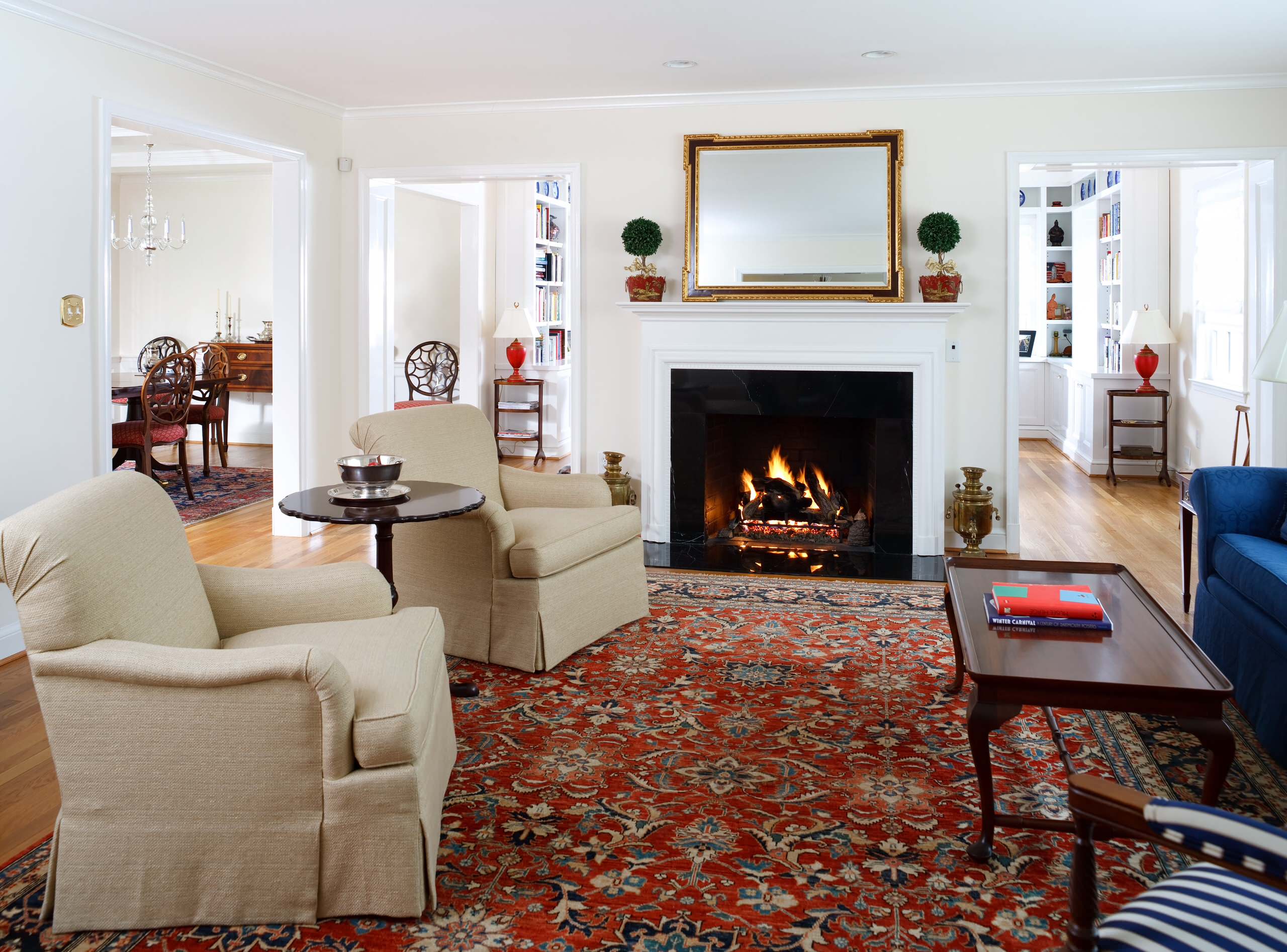
Explore Vintage Rug Options
Keep in mind that you don’t have to order a brand new living room rug for your space; vintage options can look beautiful as well.
Driggs recommends turning to Etsy for all kinds of rug offerings. “It’s worth noting, however, that when shopping for vintage rugs, sizes may not always be precise, and they might require a brief visit to your local rug cleaner to eliminate any musty odors,” she says.
Haynes is partial to vintage rugs when designing spaces for busy families. “If it's survived for several decades before it made its way to your family, it'll likely also survive whatever else you throw at it,” she says.
Purchase a Rug Pad
When making a living room rug purchase, it’s wise to order a rug pad as well, for a number of practical reasons. “I always recommend rug pads to help prevent slipping, provide cushioning for comfort, and extend the lifespan of both the rug and the flooring beneath it by reducing friction and wear,” Driggs says. “They also help to stabilize the rug, keeping it in place and preventing it from bunching up or wrinkling.” Haynes agrees, adding, “I know how tempting it is to skip the pad when the decorating police aren't looking, but it is always the way to go.”
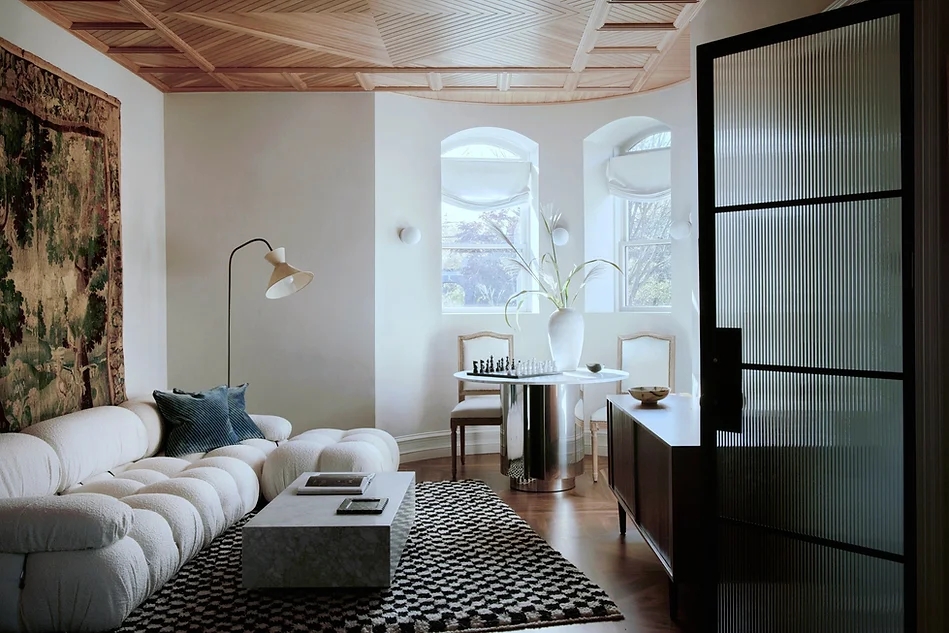
Consider Layering Rugs
If you own a small-ish rug that you love, not all hope is lost. “In these instances, we recommend a layered effect,” says Erika Bonnell, the founder of Erika Bonnell Interiors in Sterling, Virginia.
“Purchase a simple rug, like a sisal or small geometric wool broadloom and size it to fit the room properly. Then, the smaller rug can be layered over this rug in the seating area.”

